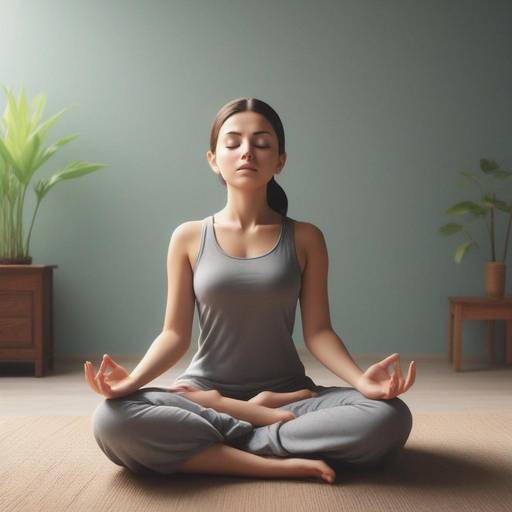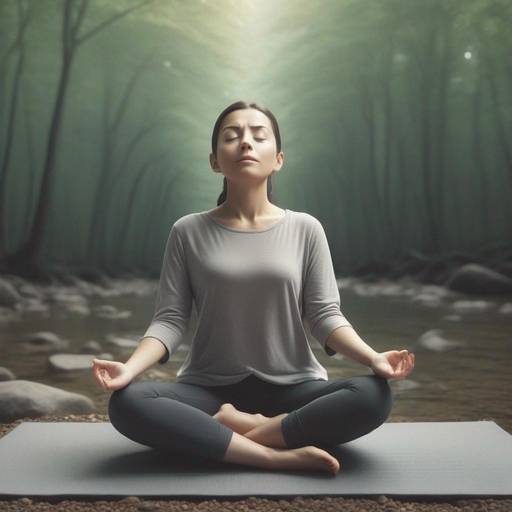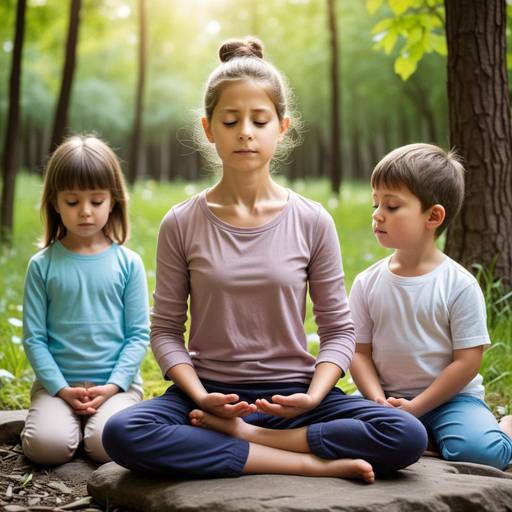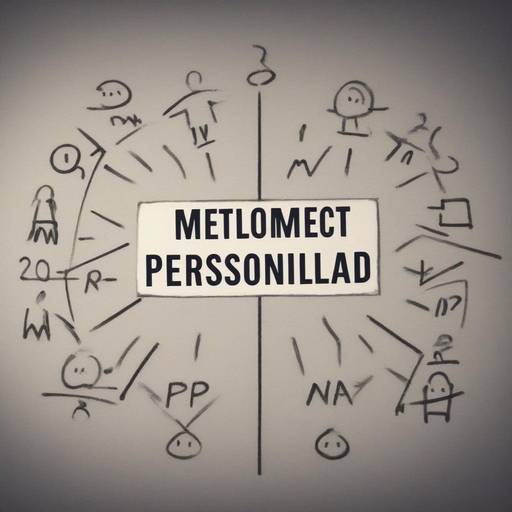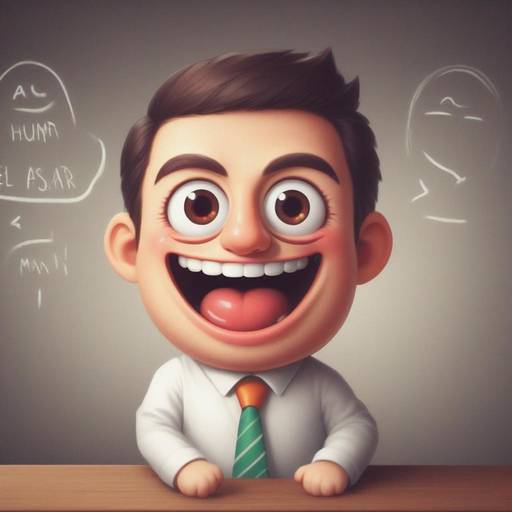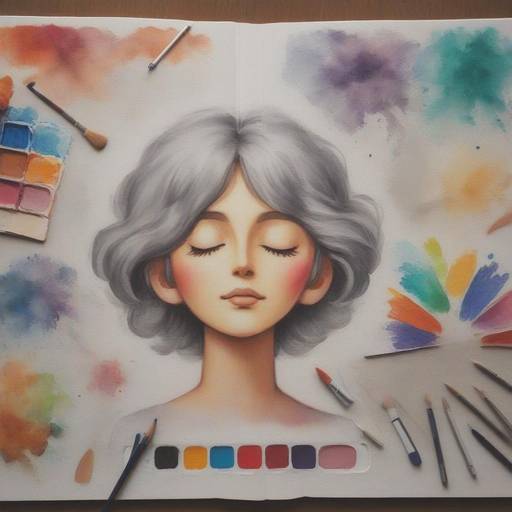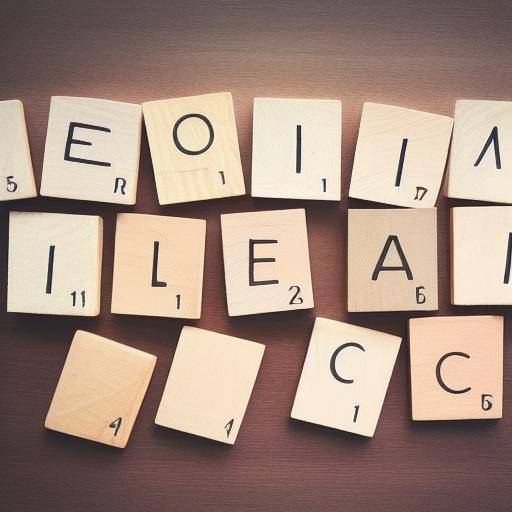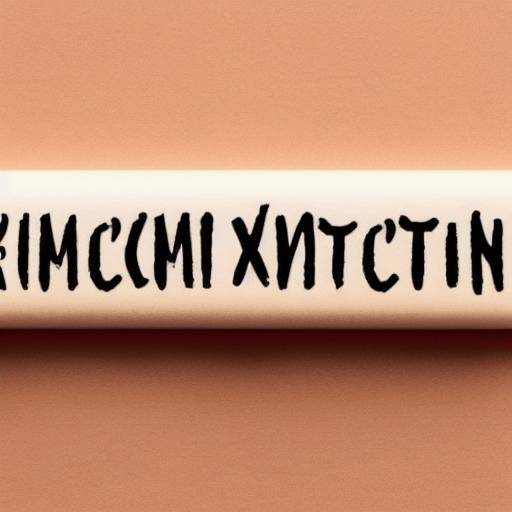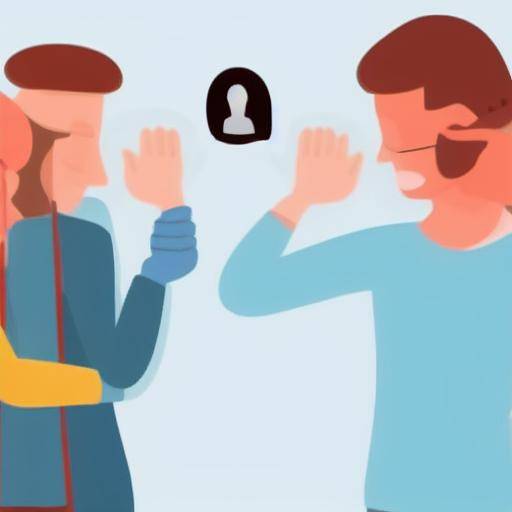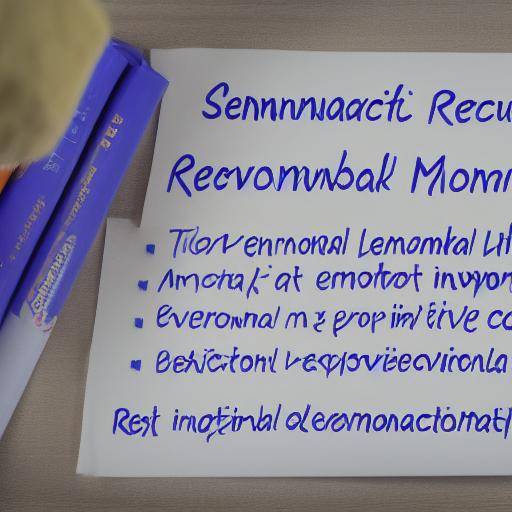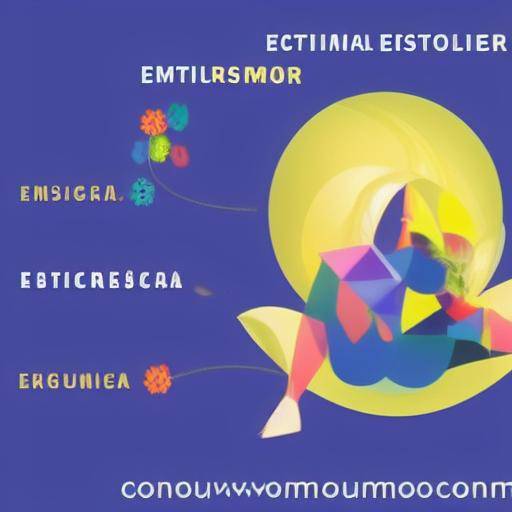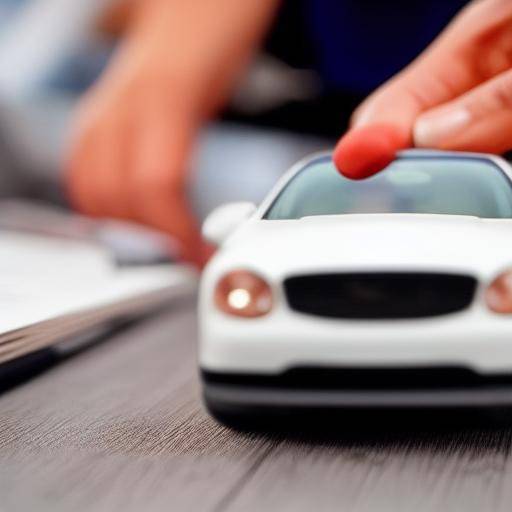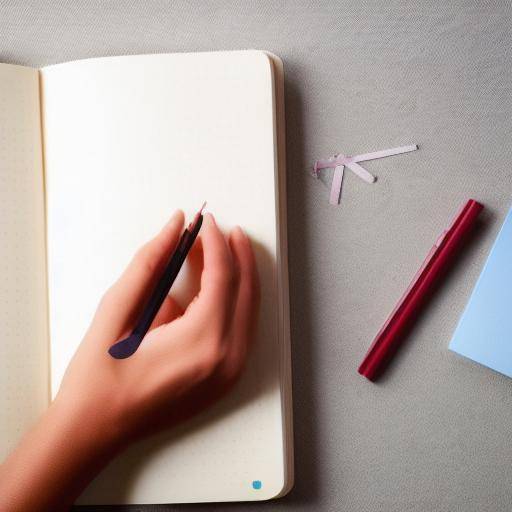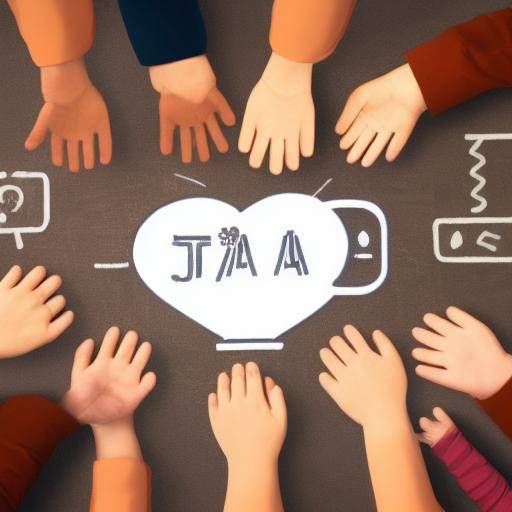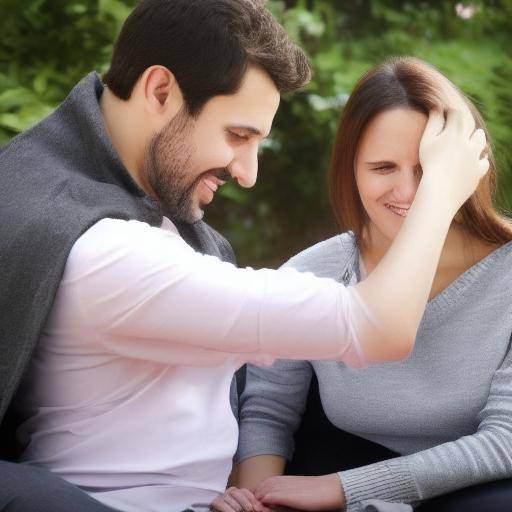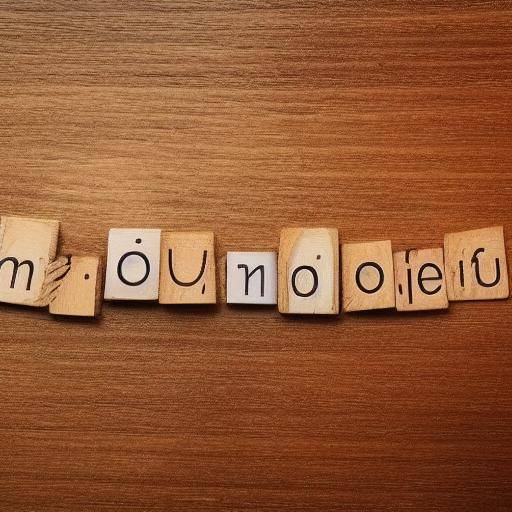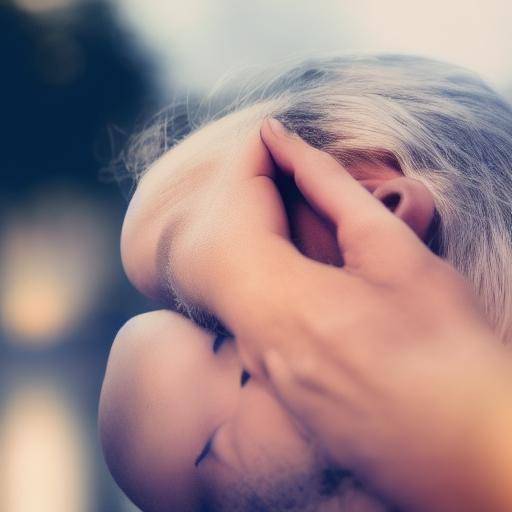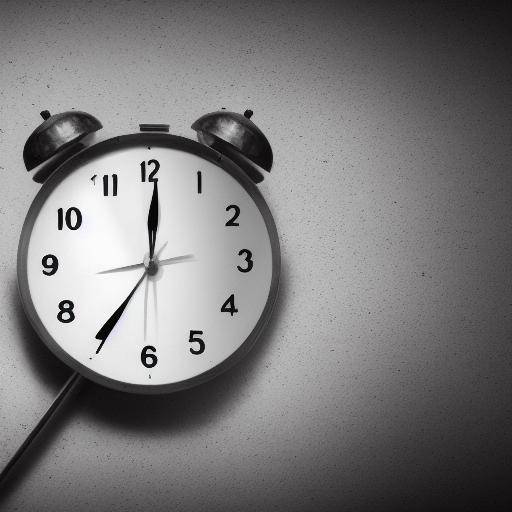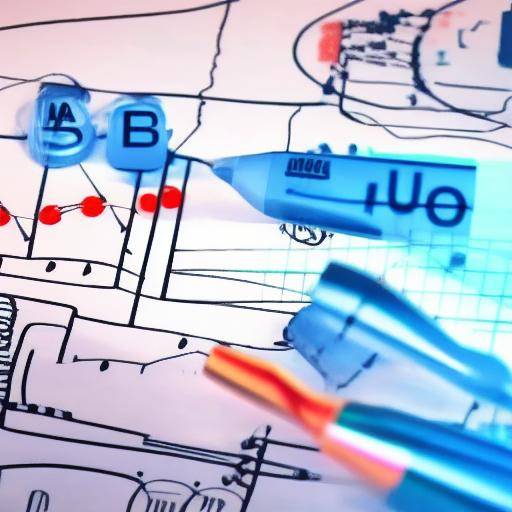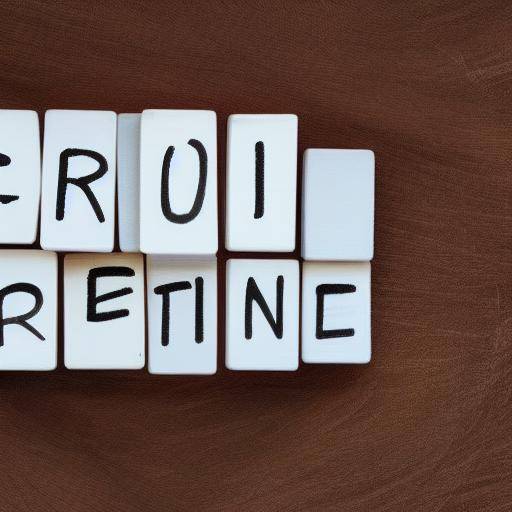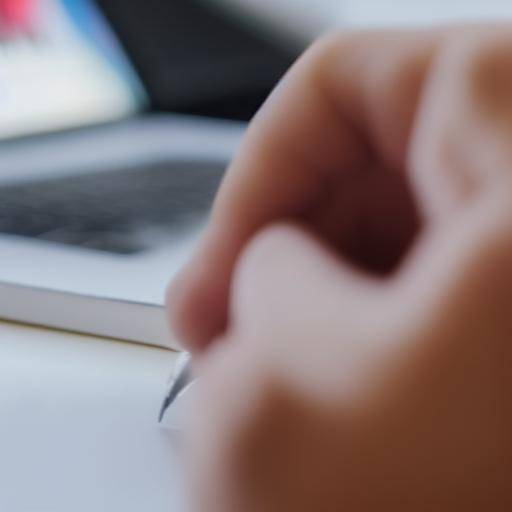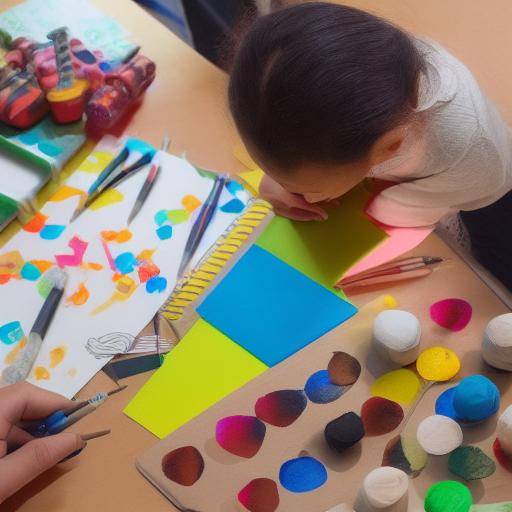
Today's society faces an accelerated pace of life, in which stress seems to be a constant. In this context, creative hobbies have gained relevance as a way of reducing this stress and promoting emotional well-being. In this article, we will explore the positive impact that creative hobbies have on relaxation and emotional balance, as well as their historical importance, their benefits, practical advice, industry perspectives and future trends.
Introduction
Creative hobbies, from painting and writing to gardening and music, offer an escape path to disconnect from everyday stress. In addition, it has been shown that these activities have a significant impact on our mental health, helping to reduce anxiety, improve concentration and promote a general sense of calm and well-being.
History and Background
Creative hobbies have a rich historical tradition that goes back to ancient cultures. From craftsmanship in classical Greece to calligraphy in China, creativity has been a pillar in the life of humanity. In the modern era, the Arts and Crafts movement in the nineteenth century was fundamental to the rebirth of interest in manual skills and the appreciation of beauty in crafts. This movement led to the valuation of artisanal manufacturing and design, laying the foundations for the development of the creative hobbies we know today.
Detailed Analysis
Creative hobbies offer numerous benefits for mental and emotional health. In addition to being a form of personal expression, these activities foster relaxation and stimulate creativity, which can result in a sense of achievement and satisfaction. Studies have shown that participating in creative hobbies can reduce cortisol levels, the stress-associated hormone, and promote the release of endorphins, hormones associated with emotional well-being.
Full review
The applicability of creative hobbies is diverse and encompasses a wide range of activities, from sewing and embroidery to cooking and gardening. These activities can be adapted to different lifestyles and personal preferences, making them a powerful tool for stress management and emotional well-being.
Comparative analysis
When creative hobbies are compared to other forms of relaxation, such as meditation or exercise, it is observed that they share the common goal of reducing stress and improving emotional well-being. However, each approach offers unique benefits, and combining different activities can be especially effective in achieving a comprehensive balance.
Practical Tips and Accessible Tips
If you are considering embarking on a creative hobby, here are some practical tips to start:
- Choose an activity that beats you and gives you joy.
- Give regular time to your hobby to get the full emotional benefits.
- Don't worry about being perfect; the main goal is to enjoy the creative process.
Industry Perspectives and Expert Reviews
Experts agree that creative hobbies are an effective tool to combat stress and promote emotional well-being. In addition, in an increasingly digital world, the rebirth of interest in manual and creative activities also reflects a desire to connect with tangible and meaningful experiences.
Case Studies and Practical Applications
Numerous cases show how creative hobbies have had a positive impact on people's lives, from helping to overcome episodes of anxiety to become a means of expression and connection with the community.
Future Trends and Predictions
As awareness of the importance of emotional well-being continues to grow, creative hobbies are likely to play an increasingly significant role in stress management strategies and the promotion of mental health in general.
Conclusion
Creative hobbies are not only a source of entertainment, but also promote relaxation, stimulate creativity and contribute to emotional well-being. By integrating these activities into our daily routine, we can reduce stress levels, boost our mental health and find greater satisfaction in life.
Frequently asked questions
1. What are some examples of creative hobbies?
Some popular examples of creative hobbies include painting, drawing, sewing, embroidery, creative writing, photography, gardening, cooking and ceramic, among others. The key is to find an activity that spans you and gives you joy.
2. How can creative hobbies help reduce stress?
Creative hobbies provide a way out for personal expression, which can help relieve accumulated tension and reduce stress levels. In addition, these activities foster concentration and offer a sense of achievement, contributing to a general sense of calm and well-being.
3. Is it necessary to be talented or expert to participate in a creative hobby?
No, it is not necessary to be an expert or to have an innate talent to enjoy a creative hobby. The most important thing is to enjoy the process and experience, instead of worrying about perfection. Constant practice and the enjoyment of the creative process are fundamental elements in participation in creative activities.
4. What are the benefits of combining different creative hobbies?
Combining different creative hobbies can offer a rich experience, as each activity can provide unique insights and skills. This combination can stimulate creativity in diverse ways and provide greater emotional and mental balance.
5. What is the impact of creative hobbies on mental health?
Creative hobbies have a positive impact on mental health by offering a way to relax, express themselves creatively and promote a sense of achievement. These activities can help reduce anxiety, improve concentration and raise general mood.
6. How can I integrate a creative hobby into my busy daily routine?
Incorporating a creative hobby into a busy routine may seem challenging, but regularly booking time for creative activities can help balance the time spent on work and responsibilities. The key is to prioritize emotional well-being and find moments to enjoy these activities.
With these frequent questions, we hope to have provided clarity about the benefits and implementation of creative hobbies for stress reduction and promotion of emotional well-being.
As a conclusion, creative hobbies play a key role in managing stress and promoting emotional well-being. By integrating these activities into our daily lives, we can foster an emotional balance and find greater satisfaction at every moment. Encourage yourself to explore a creative hobby and discover the positive impact it can have on your life!


